UC Berkeley’s Center for the Study of Social Change is now accepting nominations for the 2011 FOUNDATIONS FOR CHANGE: Thomas I. Yamashita Prize
The FOUNDATIONS FOR CHANGE: Thomas I. Yamashita Prize is awarded annually to an outstanding young social change activist/scholar in California. The award of $2,500 honors a person whose work transforms the existing social landscape and serves as a bridge between the academy and the community. An awardee helps to build the capacity of community-based organizations and social movements to confront pressing issues by applying her/his academic expertise. Simultaneously, she/he enriches academic scholarship by sharing the insights and knowledge produced from community engagement with the broader academic community.
NOTE: The award is not limited to students or scholars, but an honoree’s work should reflect a commitment to strengthening ties between the academy and communities. There is no age limit for this award, but the honoree should be in the early stages of his/her career as a social change activist/scholar.
Past Recipients
Catalina Garzón, a Ph.D. candidate in the Department of Environmental Science, Policy, and Management at the University of California, Berkeley, was the 2010 Yamashita Prize recipient. Catalina has dedicated herself to building bridges between the university and communities facing environmental and economic injustices. In her academic work, Catalina develops community-led social action research models that emphasize equity and power-sharing between grassroots groups and researchers. Catalina’a activism and advocacy spans several years and two continents, and is consistently and consciously linked to her research collaborations. As a UC Berkeley undergrad, Catalina was co-chair of Nindakin: People of Color for Environmental Justice, a statewide advocacy group for communities facing environmental injustices. Nindakin was involved in linking resources on the UC Berkeley campus and surrounding communities of color in the Bay Area. In 1999 Catalina also worked with PODER, an environmental justice group based in San Francisco’s Mission District, to develop a student solidarity campaign at UC Berkeley for Fuerza Unida, a group of former Levi’s garment workers in Texas organizing for workers rights and corporate accountability. Catalina’s undergraduate senior thesis focused on the redevelopment of abandoned contaminated properties (brownfields) in West Oakland and Bayview Hunter’s Point. She worked with staff at the Urban Habitat Program to examine if and how community residents were being involved in decision-making about how brownfields should be cleaned up and redeveloped in low-income communities of color around the Bay Area. After graduation, Catalina was selected as a fellow in the Bay Area Communities Initiative and placed at the Land Restoration and Community Revitalization Project at the Urban Habitat Program, where she engaged in policy advocacy efforts to advance community-driven brownfields redevelopment. In 2001 Catalina returned to UC Berkeley to pursue a master’s degree in Urban and Regional Planning, focusing her master’s thesis on providing a community-friendly guide to the brownfields redevelopment process in West Oakland. Selected to be a fellow in the Sustainable Communities Leadership Program, Catalina worked with an Oakland-based nonprofit research institute (Pacific Institute) to develop and implement a series of trainings on refinery flaring and open space preservation with community leaders and activists in Richmond and North Richmond. In 2003 Catalina began her doctoral studies. Two years later she traveled to the nation of Colombia as a Human Rights Center Fellow to provide research support to the U’Wa Defense Project, an indigenous rights organization working to protect U’Wa land and communities from oil extraction. Currently, Catalina is writing a dissertation on participatory research collaborations between researchers and community groups in the environmental justice movement in the Bay Area. She continues to work part-time at the Pacific Institute, developing and facilitating popular education trainings and community-based planning projects with environmental justice groups in the Bay Area and beyond.
To read about other past recipients of the FOUNDATIONS FOR CHANGE: Thomas I. Yamashita Prize, go to: <http://issc.berkeley.edu/yamashita_prize.php>http://issc.berkeley.edu/yamashita_prize.php .
2011 Nomination Process
The FOUNDATIONS FOR CHANGE: Thomas I. Yamashita Prize uses a nomination system, where someone other than the nominee identifies the nominee, their contributions, and the kinds of expertise they bring to understanding how change works. To download a nomination form, go to <http://issc.berkeley.edu/yamashita_prize.php>http://issc.berkeley.edu/yamashita_prize.php.
Nomination due date: Monday, February 14, 2011, by 5pm
(The Prize will be announced within four to six weeks after the deadline date. An award ceremony will be held in the spring.)
Please send nomination forms and supporting materials to:
FOUNDATIONS FOR CHANGE: The Thomas I. Yamashita Prize
Center for the Study of Social Change
Institute for the Study of Societal Issues
University of California
2420 Bowditch Street, MC 5670
Berkeley, CA 94720-5670
About Thomas I. Yamashita
Thomas Isao Yamashita was an undergraduate student in civil engineering at the University of California at Berkeley and a member of the class of 1942. He was one of the first Asian-Americans elected to two of the University of California’s honor societies—Winged Helmet and the Order of the Golden Bear. The internment of Americans of Japanese descent on the West Coast of the United States in 1942 made it impossible for him to graduate from Berkeley. He eventually received his engineering degree from the University of Nebraska. Even so, Tom supported and cherished the University of California at Berkeley and was a life member of the Alumni Association.
As a civil engineer, Tom spent the majority of his career in Hong Kong. His work did not involve building the structures that typify its landscape. His work is unseen, focusing on foundations, on solving the complex engineering problems that enable steel and glass towers to be built. His work made possible the transportation corridors that allowed the city to become a regional economic hub. Through his leadership, Tom developed new construction techniques that altered the practice of building. His work changed the city’s landscape. In this spirit of engineering the foundations of change, the FOUNDATIONS FOR CHANGE: Thomas I. Yamashita Prize is housed at the Institute for the Study of Social Change.
To make a contribution to the FOUNDATIONS FOR CHANGE: Thomas I. Yamashita Prize click <http://givetocal.berkeley.edu/browse/?u=64>here.
For more information about the Prize and nomination process go to <http://issc.berkeley.edu/yamashita_prize.php>http://issc.berkeley.edu/yamashita_prize.php or contact Dr. Christine Trost: (510) 643-7237, <mailto:ctrost@berkeley.edu>ctrost@berkeley.edu.
To download a nomination form, go to <http://issc.berkeley.edu/yamashita_prize.php>http://issc.berkeley.edu/yamashita_prize.php.
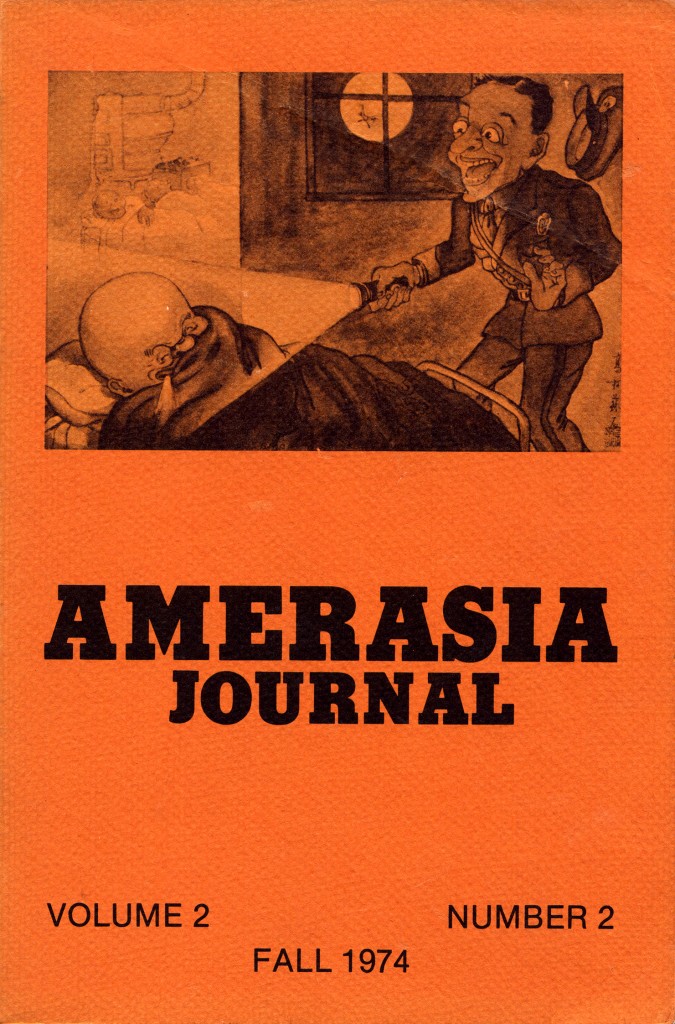 Twenty years after Japanese Americans had left the World War II concentration camps, the Black Civil Rights and Black Power Movements stirred Japanese Americans into a four-year movement to repeal the law that gave the U.S. President executive fiat to institute concentration camps at any time. This was one of the earliest issues at the beginning of the Asian American Movement that shows how Japanese Americans have an intertwined history with African Americans, and the interactions it produced.
Twenty years after Japanese Americans had left the World War II concentration camps, the Black Civil Rights and Black Power Movements stirred Japanese Americans into a four-year movement to repeal the law that gave the U.S. President executive fiat to institute concentration camps at any time. This was one of the earliest issues at the beginning of the Asian American Movement that shows how Japanese Americans have an intertwined history with African Americans, and the interactions it produced.
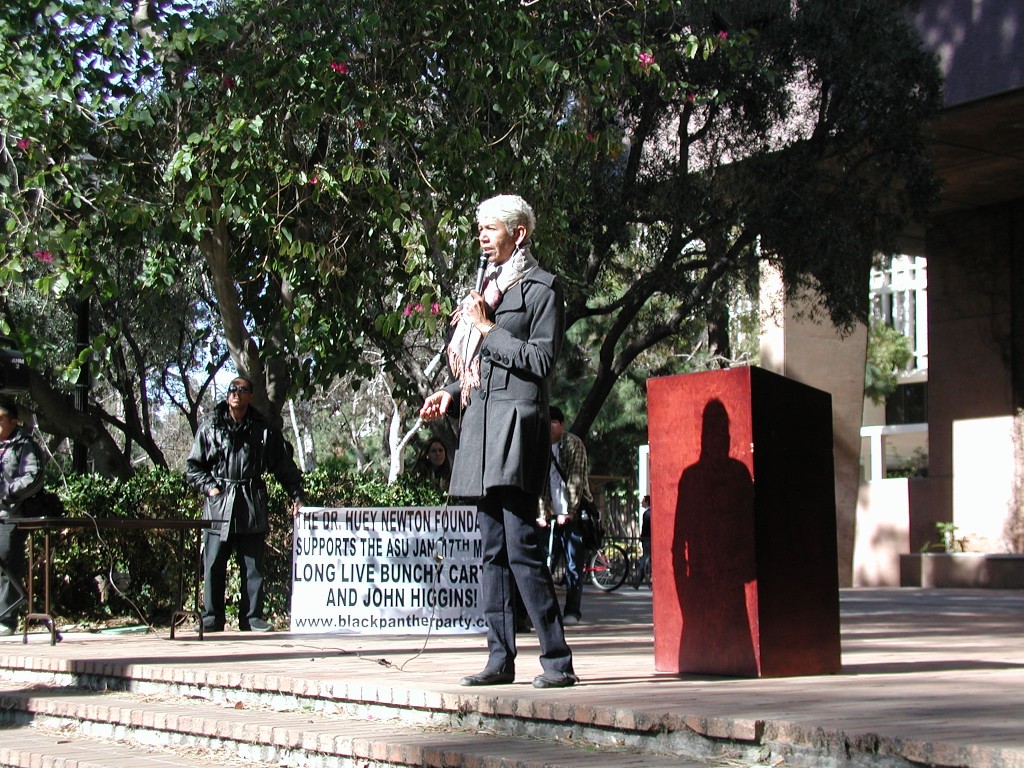
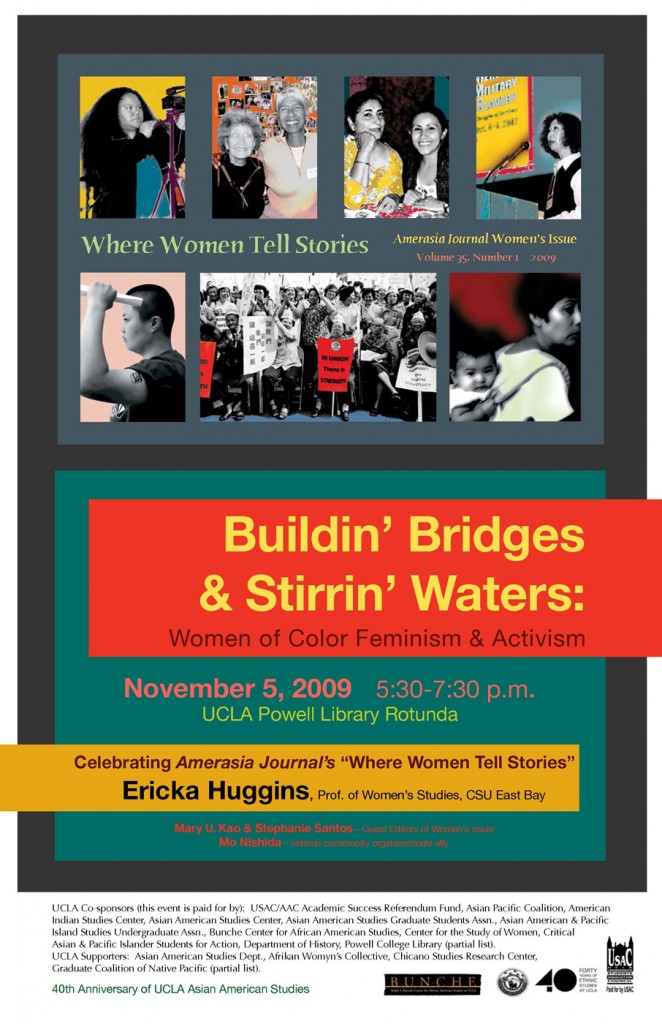
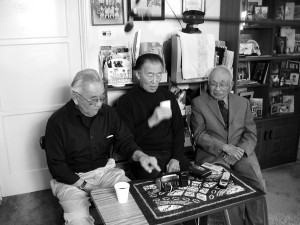
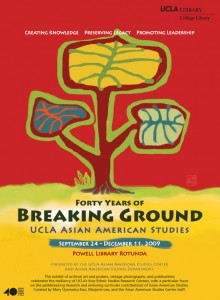
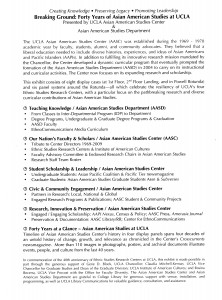
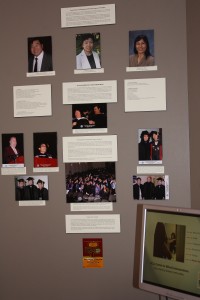
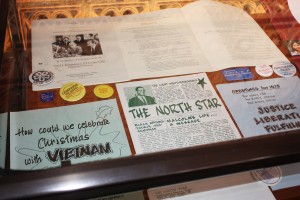
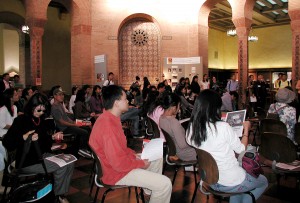
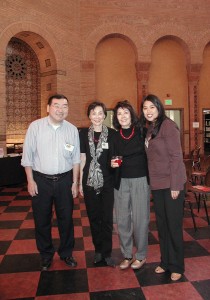
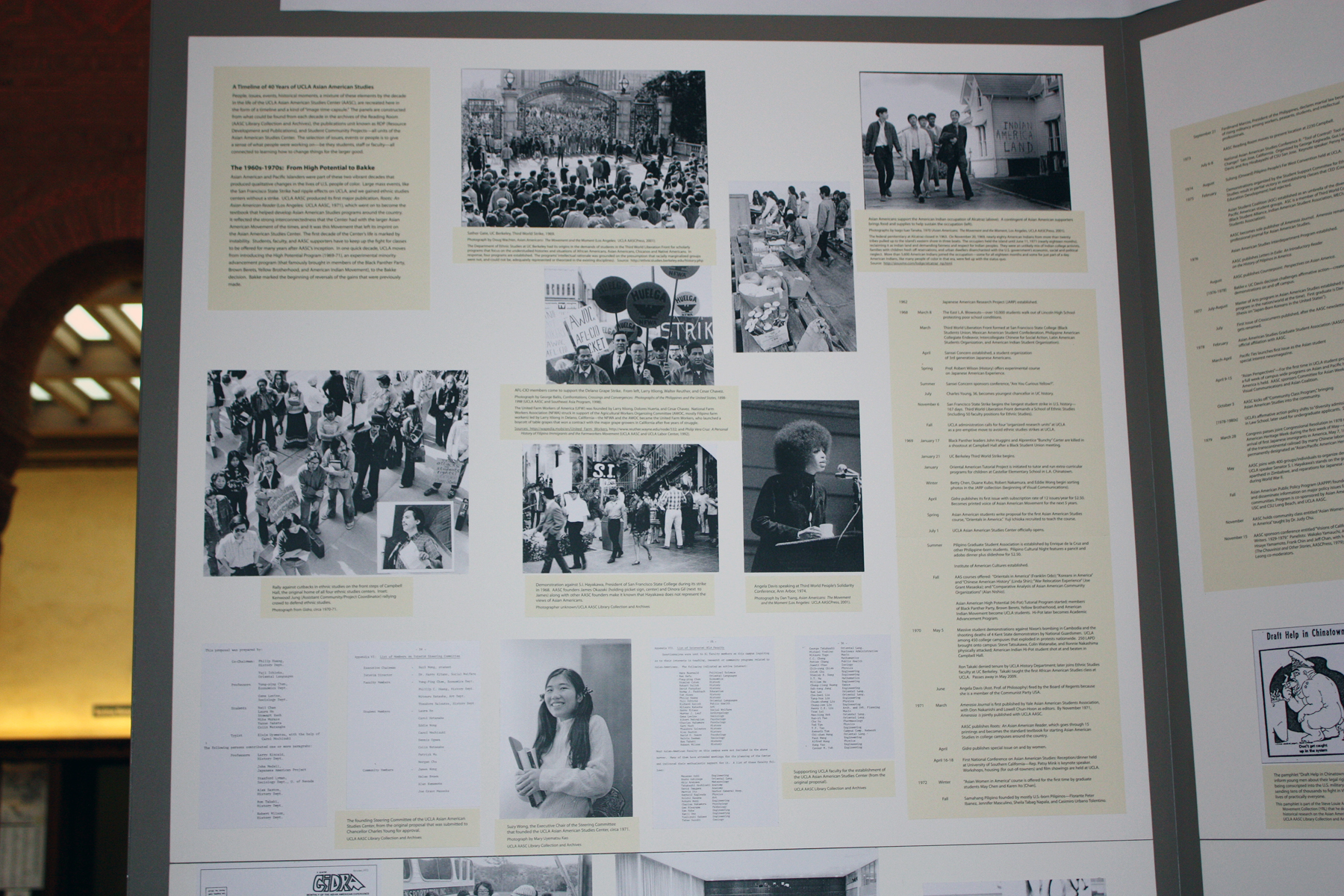
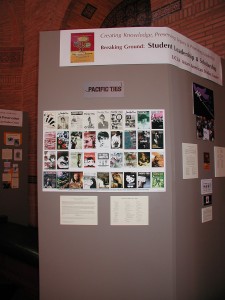
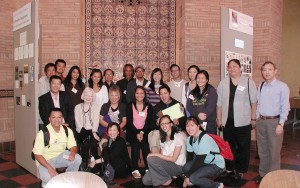
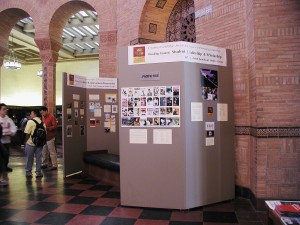
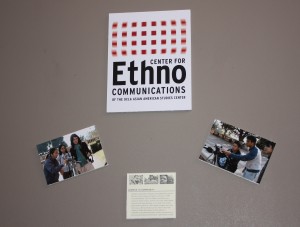
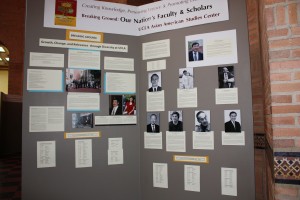
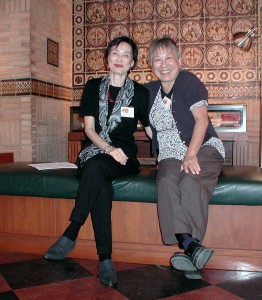
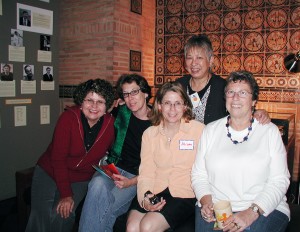
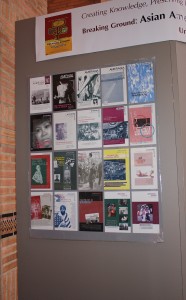
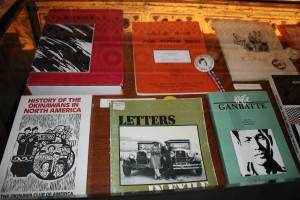
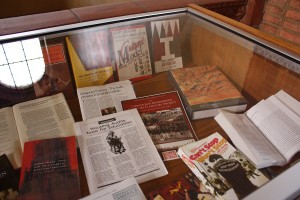
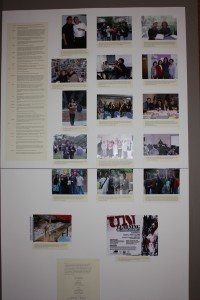
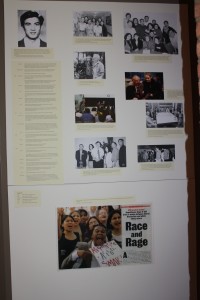
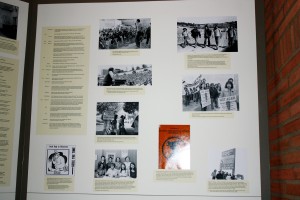
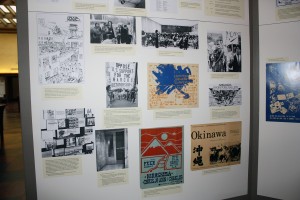
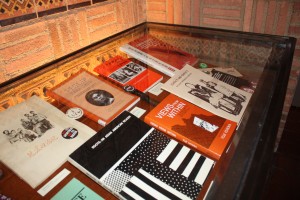
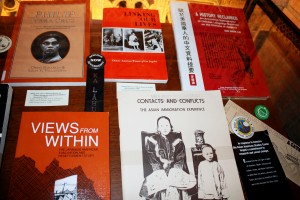
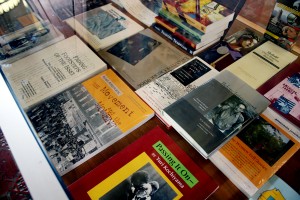
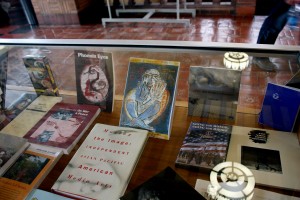
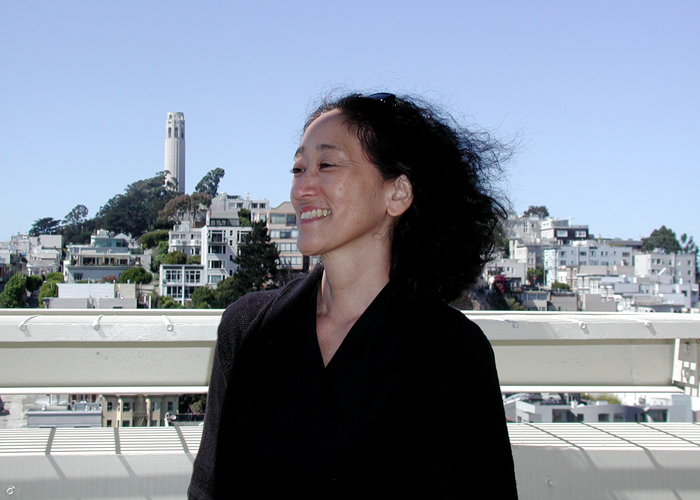
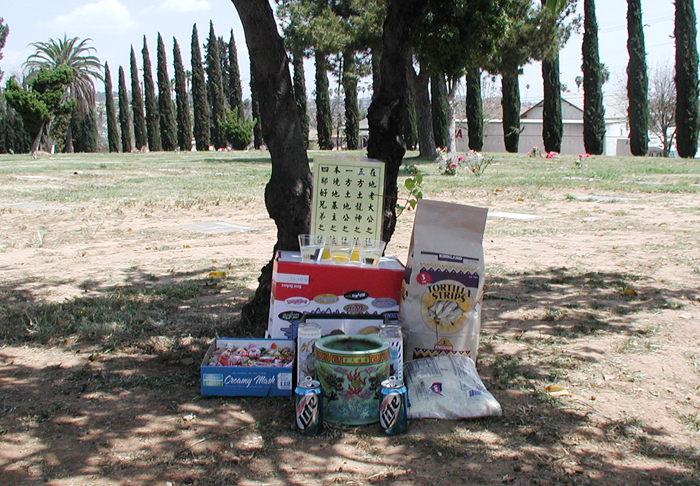
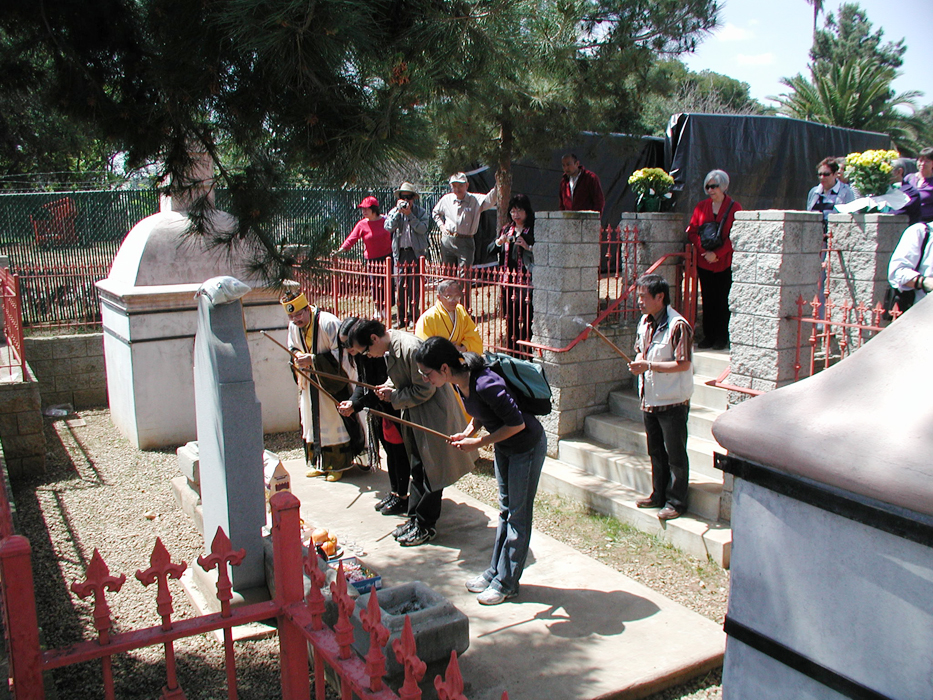
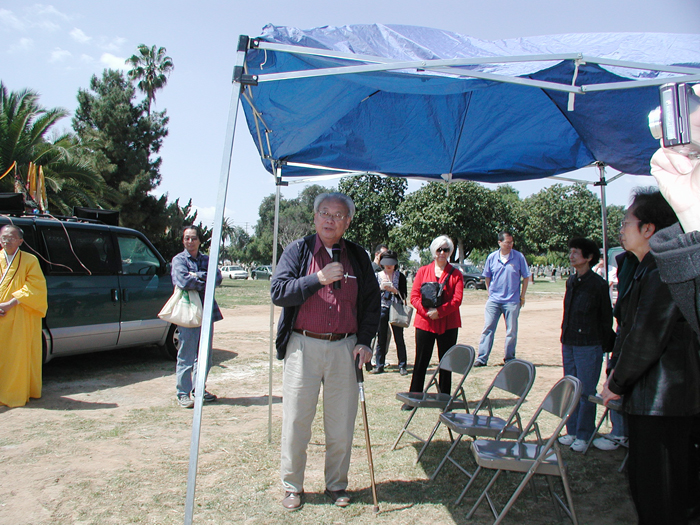
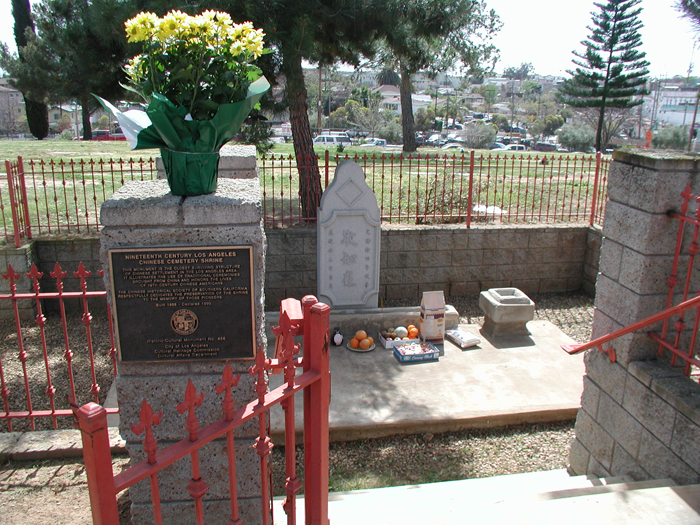
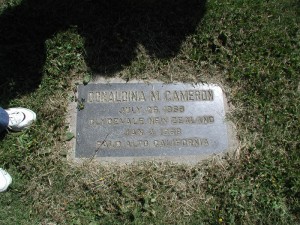
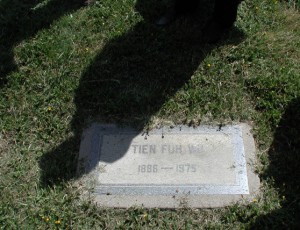
 Amerasia on Facebook!
Amerasia on Facebook!